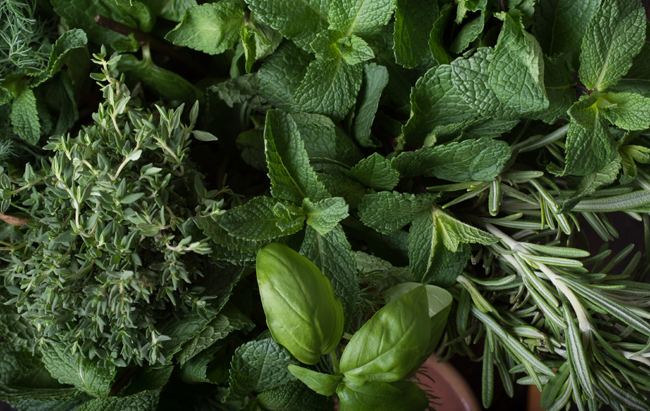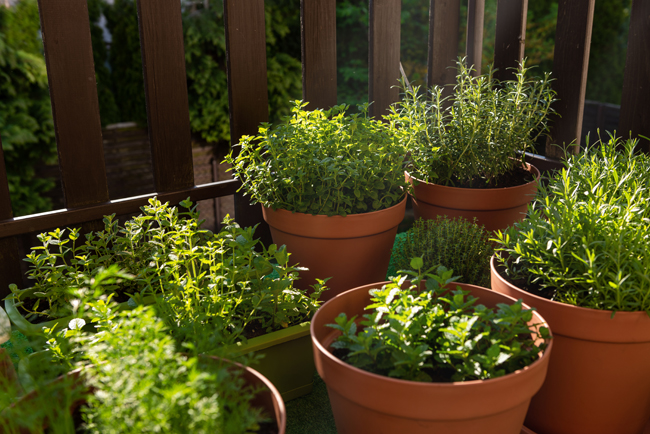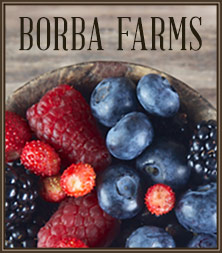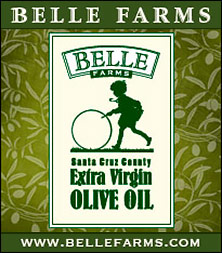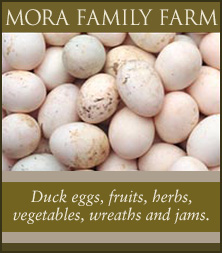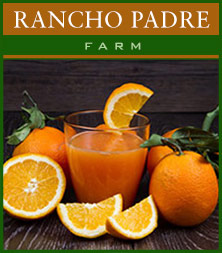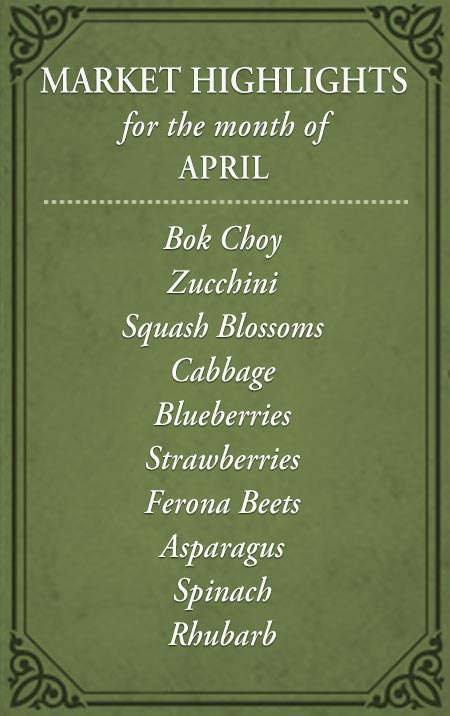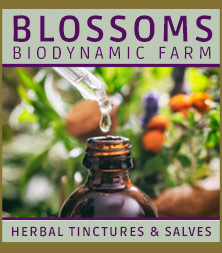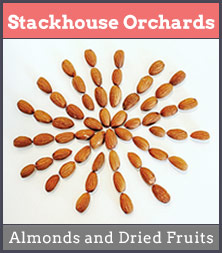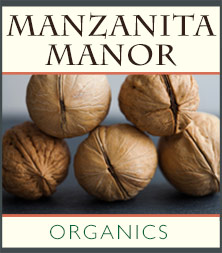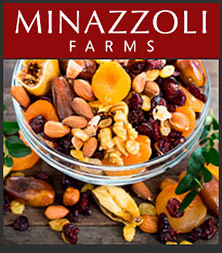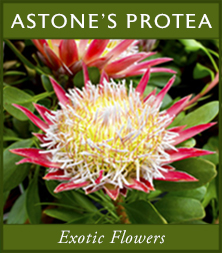To learn how to use and combine the flavors of herbs, you must become familiar with them. And the best way to do this? Use your nose. Smell them individually and in combination. Take a pinch of one and smell it. Then add a pinch of another and smell it. Add something else and smell that. Work up to five different herbs and try to pick out individual characteristics. Taste as you go. Try to keep track in your mind (and on paper) of what you are using — this will help to familiarize you with the smell and flavor of various herbs and combinations when you are cooking. Use all fresh herbs one day, and then use all dried herbs the next. One day, work with both. Smell the fresh herb, then smell the dried, one after the other. Of all the tricks you can use to learn herbs, this smelling-combining-tasting practice is the most important.
Eggs are great for testing flavor combinations. They are a consistently neutral flavor that is a great vehicle for other flavors. Practice by flavoring an omelet containing the same ingredients with different flavor groups. For instance, for a spinach mushroom omelet, here are a few flavor combinations you could try:
• Garlic, oregano, basil, thyme, and salt and pepper
• Ginger and curry
• Soy sauce, ginger, sake, sansho (Japanese “lemon pepper” derived from the bud of the prickly ash)
This practice will enable you to feel confident when in the kitchen and “throwing a dish together”.
Some herbs naturally go well together, and others can be difficult to pair with other herbs — dill is a classic example. Sage also has a tricky “share” index. Oregano, marjoram, basil, rosemary, and thyme have a natural affinity. Mint and savories fit in well, too.
Always start with a little, and then add more to a dish as you go to reach the volume of flavor you are looking for. (You can always add more, but subtracting is another matter. Once the seasonings are in a dish it is awfully hard to get them out.) Some herbs pack more punch so less should be used than others. Sage, rosemary tarragon, and thyme are some of the stronger flavors, so use care when adding them to a dish.
Herbs are used to contrast or complement flavors in a dish. Using dill with cured salmon is a classic contrast example. Silky, oily salmon with a light ocean scent that has been crusted with pepper shows well with the contrast of dill’s herbaceous, almost musky, quality that has a bit of sharpness to it.
Complementary herbs are easy. Braised fennel bulb, with its inherent licorice flavor, pairs with fennel seed, anise seed, basil, tarragon, or chervil.
Here is an example of herbal contrast and complement — for lamb, which has a deep flavor that has both sweetness from the meat and richness from the fat, use red wine (such as Syrah or Rhone blend) for acid and fruit, and then add herbs such as thyme, rosemary, marjoram, and lavender. Lavender is contrasting with floral notes, yet complements its resiny characteristic that talks with the high-note “sweetness” of the lamb and the acid of the wine. The resinous quality also cuts through the fattiness. Rosemary and thyme have bottom notes and work with the umami character that is in all meat, and they also have that resinous quality mentioned with the lavender. Marjoram is pure sweetness and mid-range and higher notes as well. Marjoram, with its clean, fresh flavor acts as a framework for the others and acts as a complementary herb.
When using herbs and spices, you have to decide when to use them in the cooking process. Adding them at the beginning of the cooking process allows the flavors to permeate a dish. Adding herbs at the end keeps them brighter and gives more punch when you use them as an accent or garnish.
Herbs can be combined with oils, onions, olives, lemons, and other items to create mixtures that can be used as marinades, condiments, or sauces. It’s a good idea to keep herbs on hand as they can make for quick meals that have all the flavor and panache of something you slaved at for hours. If you have a garden with fresh herbs and edible flowers, it’s like having a culinary treasure chest. When grilling, tie a bundle of the herbs used in the marinade together with kitchen twine to use as a brush to baste the marinade onto the meat. This will add another layer of flavor and can help when there was only a short time for marinating.
An important thing to consider when using herbs is that dried herbs, in prime condition, are stronger than fresh. The ratio runs around 2:1 — that is 2 parts fresh herbs equals 1 part dried, although some dried herbs are more potent and it is something like 3:1, so always use a little at a time. You can always add more. However, once dried herbs are past their prime (over six months old), they are pretty much worthless, so check them and chuck them if they lack flavor. To check, crumble them in your fingers and sniff for signs of life. If the scent is listless and faint, the flavor will be too.
The key to using herbs and spices with ease is to experiment, and as one of my teachers used to say, “Taste, taste, and taste again!”


